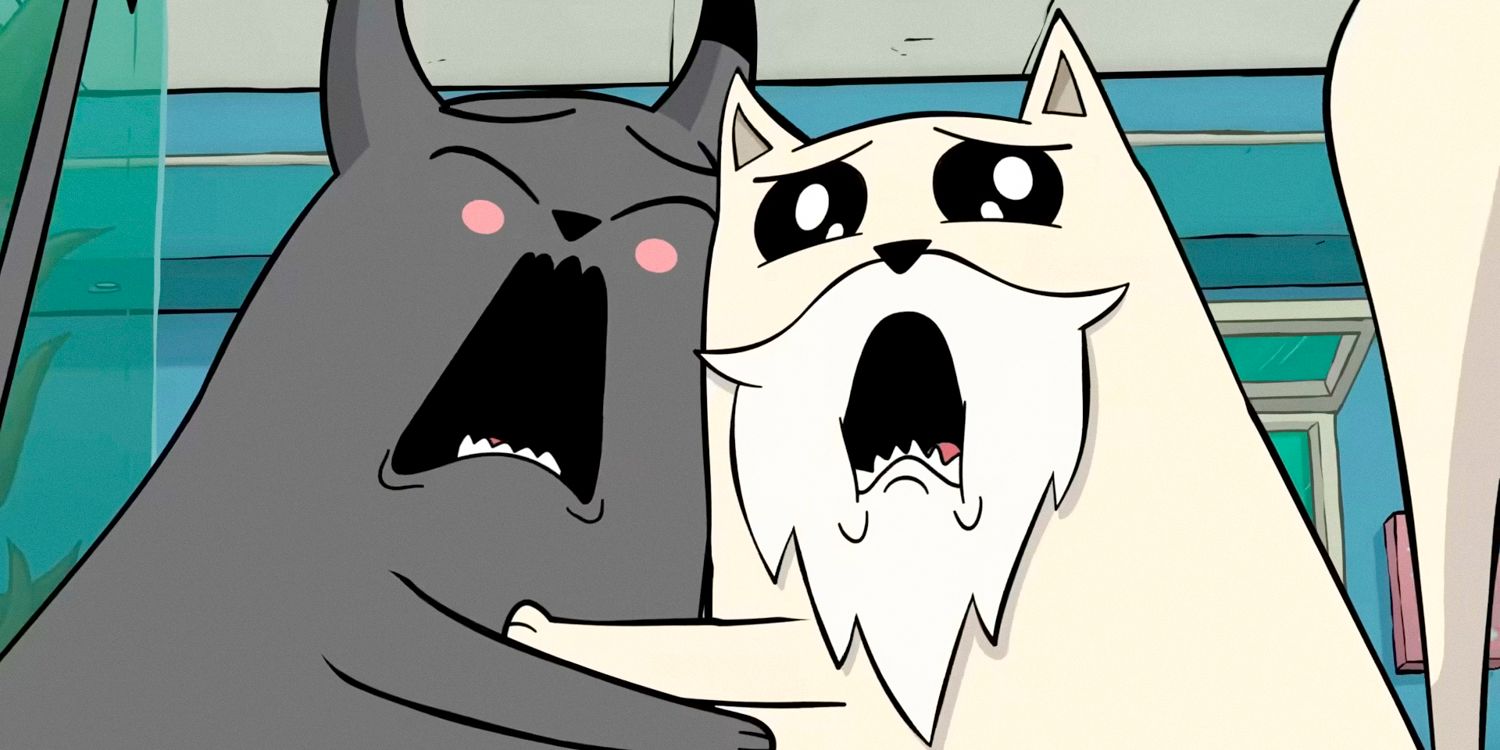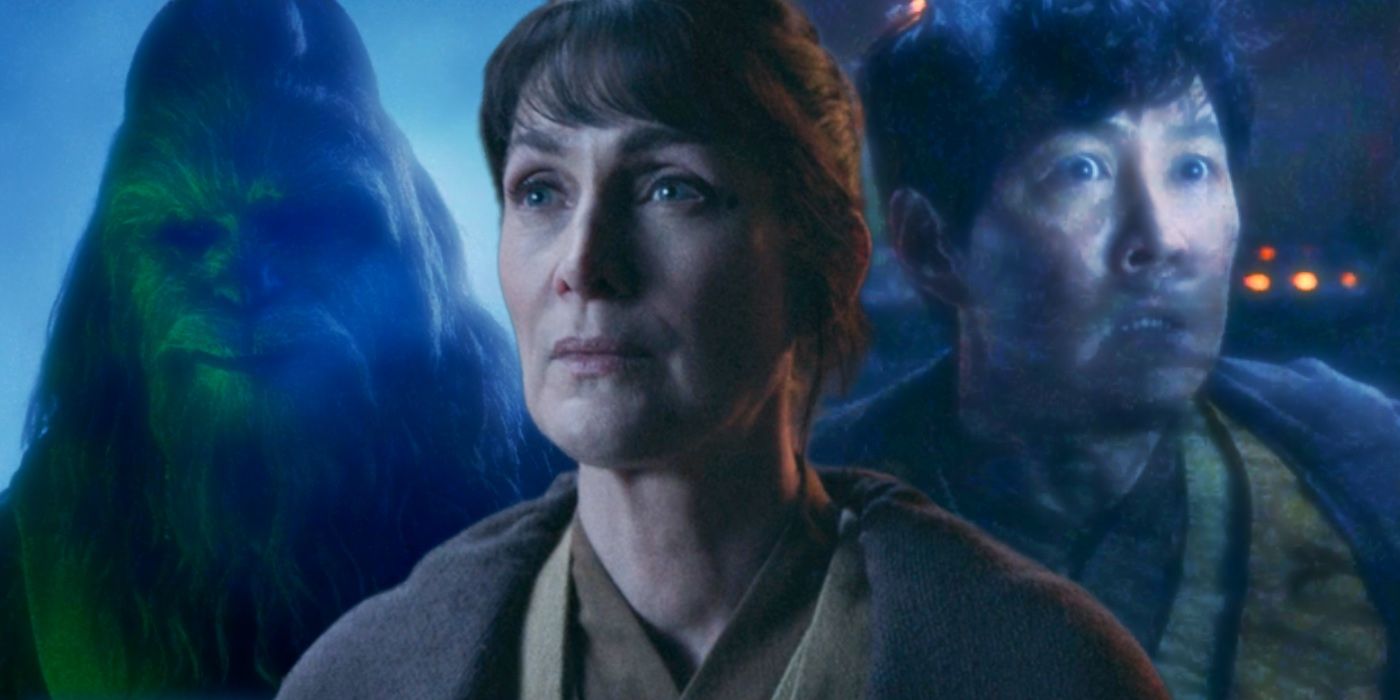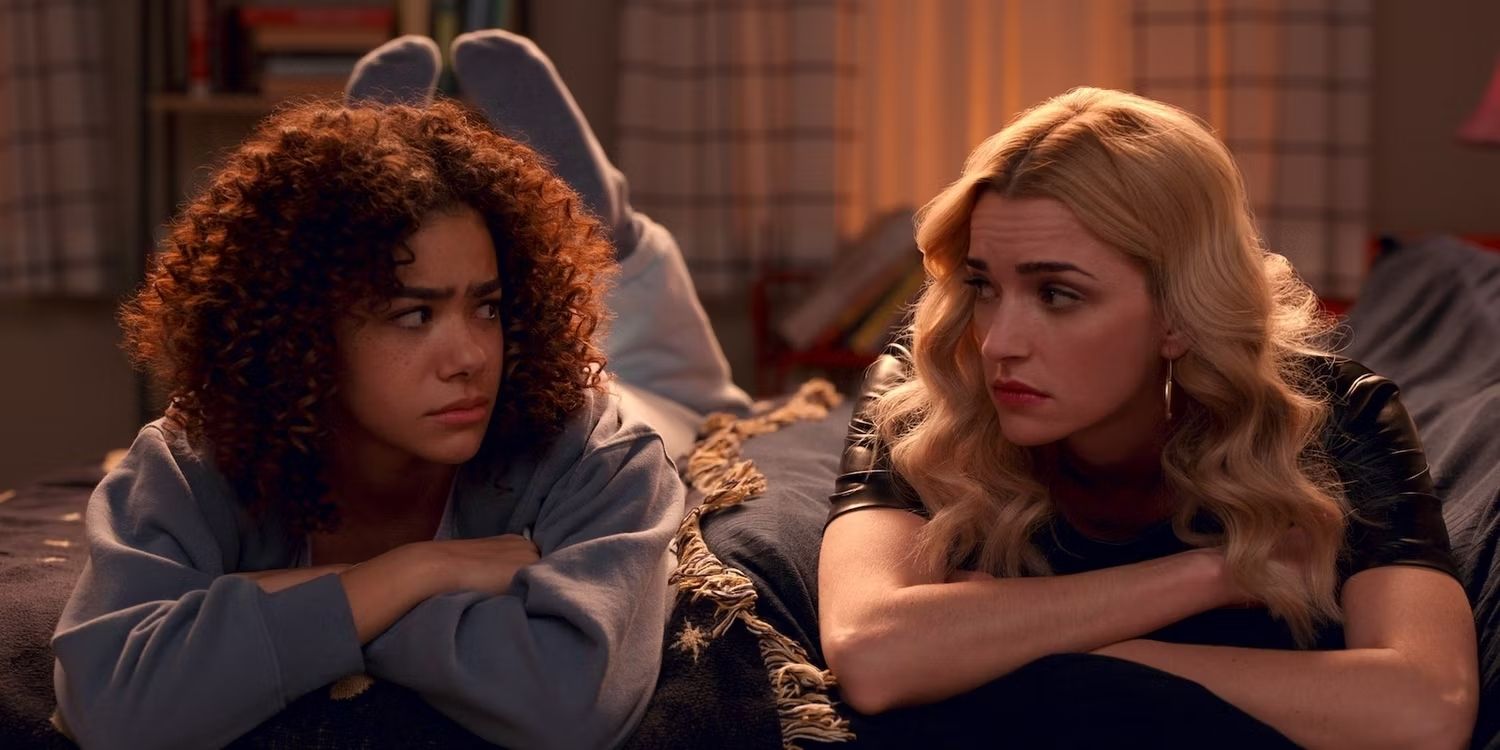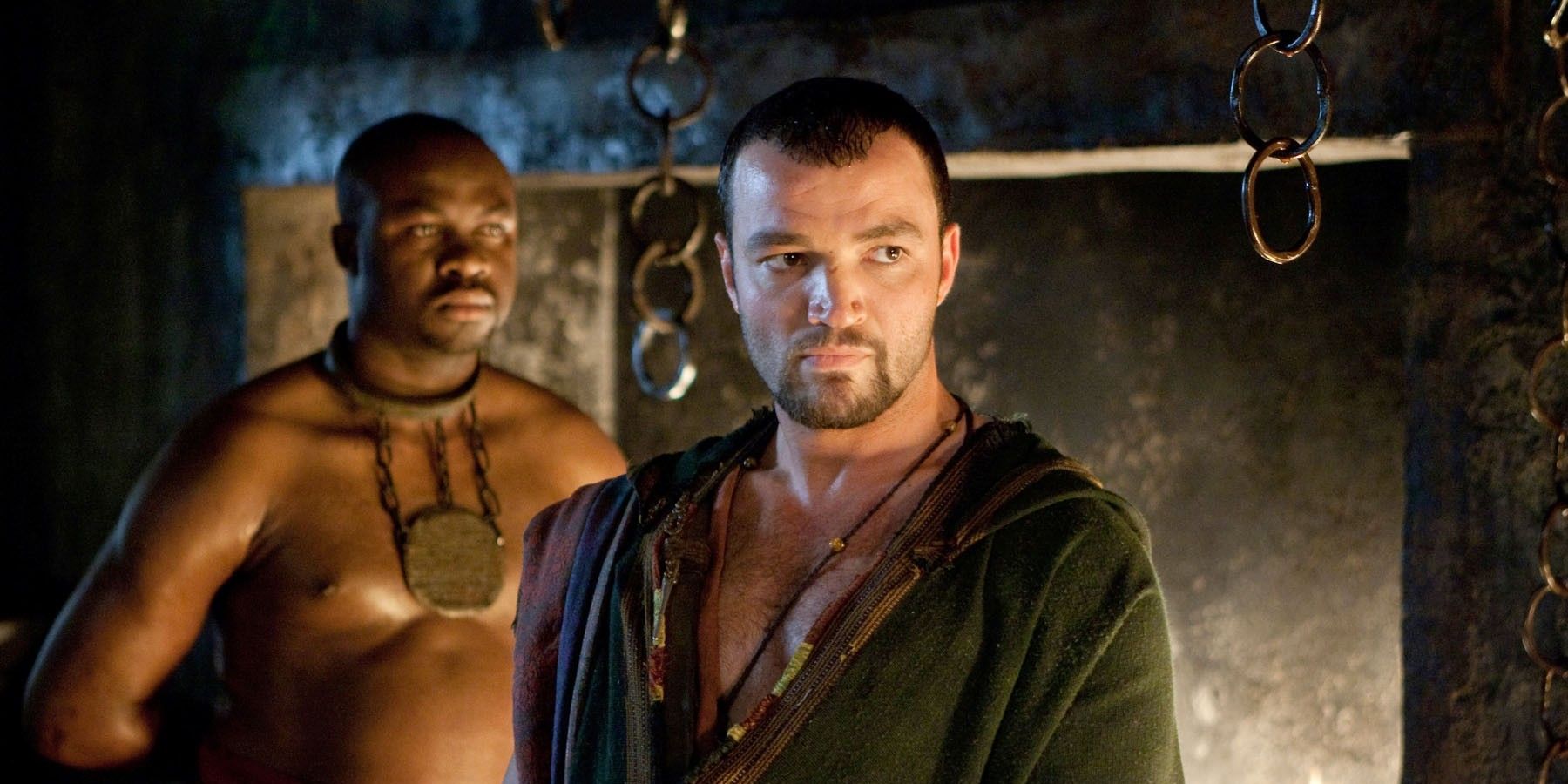Zack Snyder’s Justice League makes some significant improvements to the original film’s characters, including a few big fixes for Ray Fisher’s Cyborg. The Snyder Cut has received much higher praise from fans and critics than the 2017 theatrical version, though some have critiqued its lengthy four-hour runtime. Overall though, it seems like the Snyder Cut was worth the wait.
Joss Whedon’s Justice League theatrical cut significantly trimmed down and changed Cyborg’s role in the story. In the original script, Victor Stone/Cyborg was at the emotional heart of the movie, and his arc followed the arc of the Justice League as a whole. After Snyder’s departure, however, Cyborg was reduced to little more than an angsty teenager in a robot suit – a far cry from the central role he was meant to play.
Fortunately, that initial vision for Cyborg has been restored in the Snyder Cut. Through brand-new scenes, vastly altered dialogue, and a shifted narrative focus, Victor Stone is remade into a fully developed, emotionally compelling character, and easily one of the best parts of the film. Here’s how Zack Snyder’s Justice League fixes Cyborg.
The Snyder Cut Gives Cyborg A Proper Origin Story
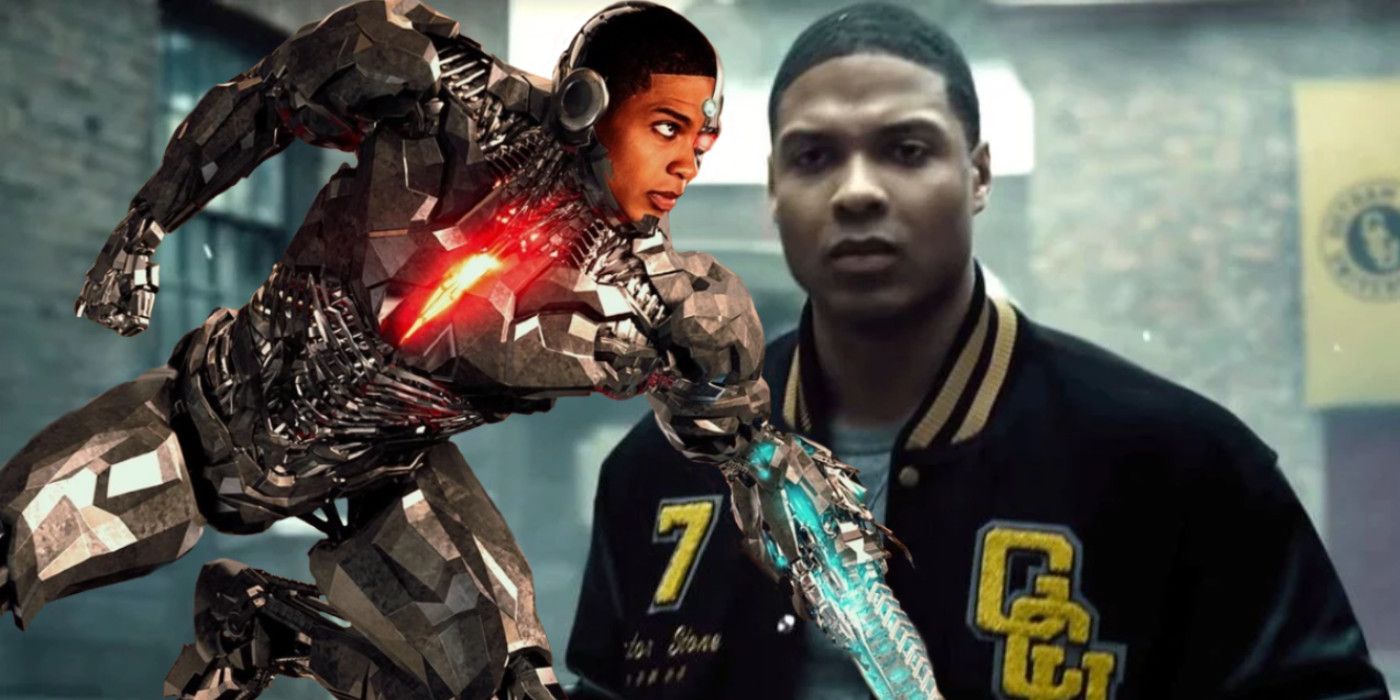
In the 2017 theatrical cut of Justice League, Cyborg’s entire origin story is told in just a few clunky lines of dialogue. The audience is informed, strictly through exposition, that there was an accident, that Victor’s mother died in that accident, and that Victor was presumed dead. For a character whose entire arc hinges on his superhero origin, that incredibly brief backstory felt wildly insufficient.
The Snyder Cut restores Cyborg’s full origin story, showing his life before the accident, the accident itself, and the emotional aftermath in great detail. Victor is given a proper foundation, so when he finally starts to expand his abilities, the audience feels the change. Cyborg’s story is about triumphing over self-doubt, but that doesn’t play if the stakes of his tragedy aren’t firmly established. Synder’s Justice League effectively shows the beginning of Victor’s story, which sets the rest of it up for success.
The Snyder Cut Fixes Cyborg’s Father
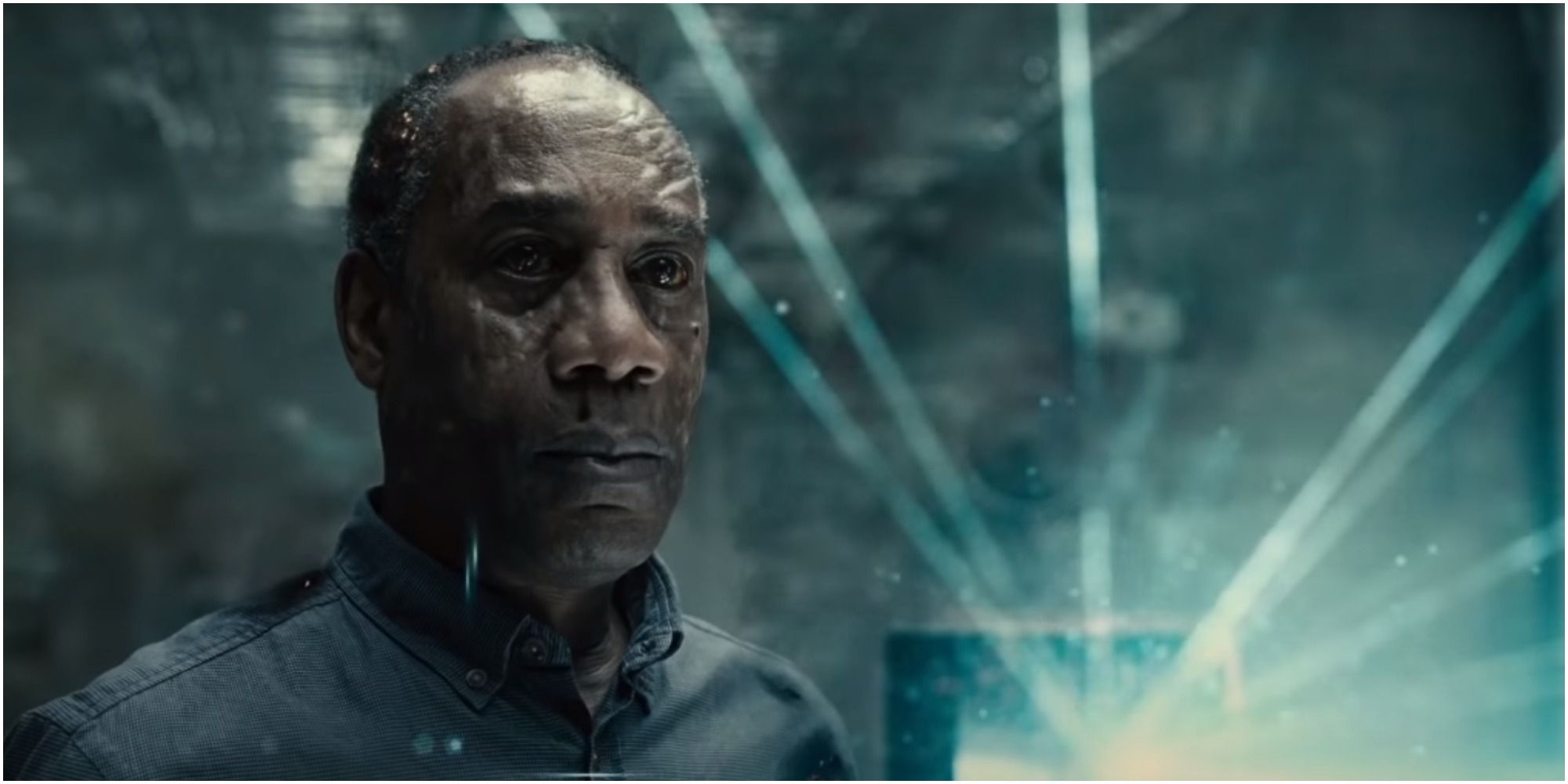
Silas Stone is barely in the theatrical cut of Justice League, which makes his relationship with Victor largely fall flat. It’s shown that Victor resents his father for turning him into a cyborg (at least, at first), but that’s only half of their story. The Snyder Cut makes Silas a much more prominent character, revealing that his relationship with Victor was in bad shape way before the accident. Silas always prioritized his work as a scientist over time with his son, which helps justify why Victor holds so much anger towards his father.
Zack Snyder’s Justice League also gives Victor and Silas’s relationship proper resolution. Silas sacrifices himself in the Snyder Cut to help the Justice League locate Steppenwolf’s base – a sacrifice that gives him real atonement for his mistakes and gives Cyborg a major motivation to become the hero he’s meant to be. Cyborg’s story in the Snyder Cut is in many ways a story about family, but that aspect was unfortunately lost in the theatrical cut.
The Snyder Cut Makes Cyborg Powerful
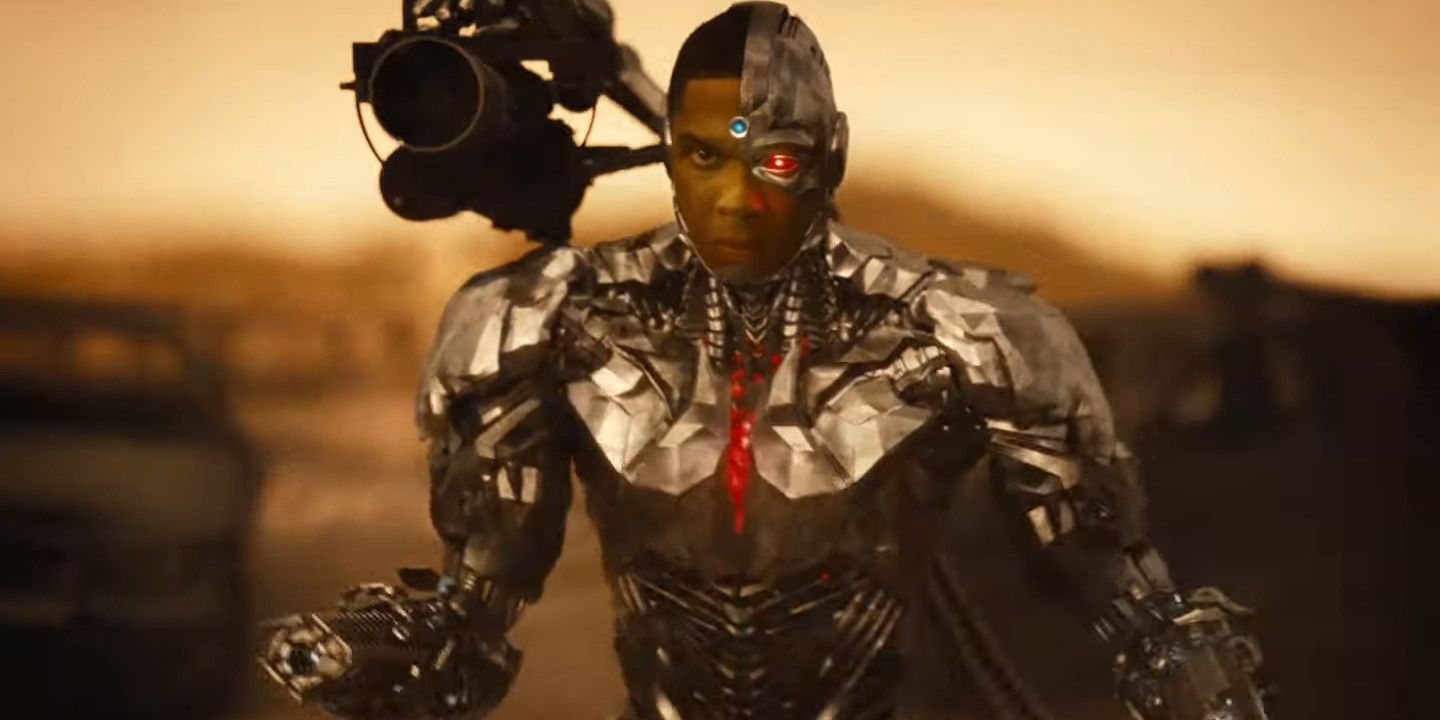
Cyborg is one of the DCEU’s most powerful heroes, but that power is barely shown in the Justice League theatrical cut. The altered dialogue makes Victor out to be little more than an angsty kid, and his lack of development gives no real context for his abilities. By contrast, Cyborg’s powers are built up much more effectively in the Snyder Cut. The montage of Victor tapping into various security cameras and rerouting money to those in need is a great way to show both what he’s capable of and what he believes in, and his flight scenes are powerful moments of freedom for a character who clearly feels trapped.
Because the Mother Boxes are fully explained in the Justice League Snyder Cut, Cyborg’s powers also feel more grounded. Since the Mother Boxes are demonstrated to be incredibly powerful, and since Cyborg was created using their energy, the audience is much more thoroughly convinced of his limitless potential. Victor ends up being the key to the climax battle because he’s the only one who can communicate with and thereby desynchronize the Unity – a plot point that is largely brushed over in the theatrical cut.
Because Victor’s power is so much clearer in Zack Snyder’s Justice League, he works more effectively as the emotional core of the story – a role Snyder himself has said Cyborg was meant to play. Justice League is a story about choosing to do the right thing, and Cyborg embodies that theme perfectly because he has nearly infinite potential. His dilemma is not if he’ll be strong enough, but whether or not he’ll choose to use his powers for good. When he makes that decision on screen in the Snyder Cut, it really hits home.
The Snyder Cut Gives Cyborg A Complete Arc
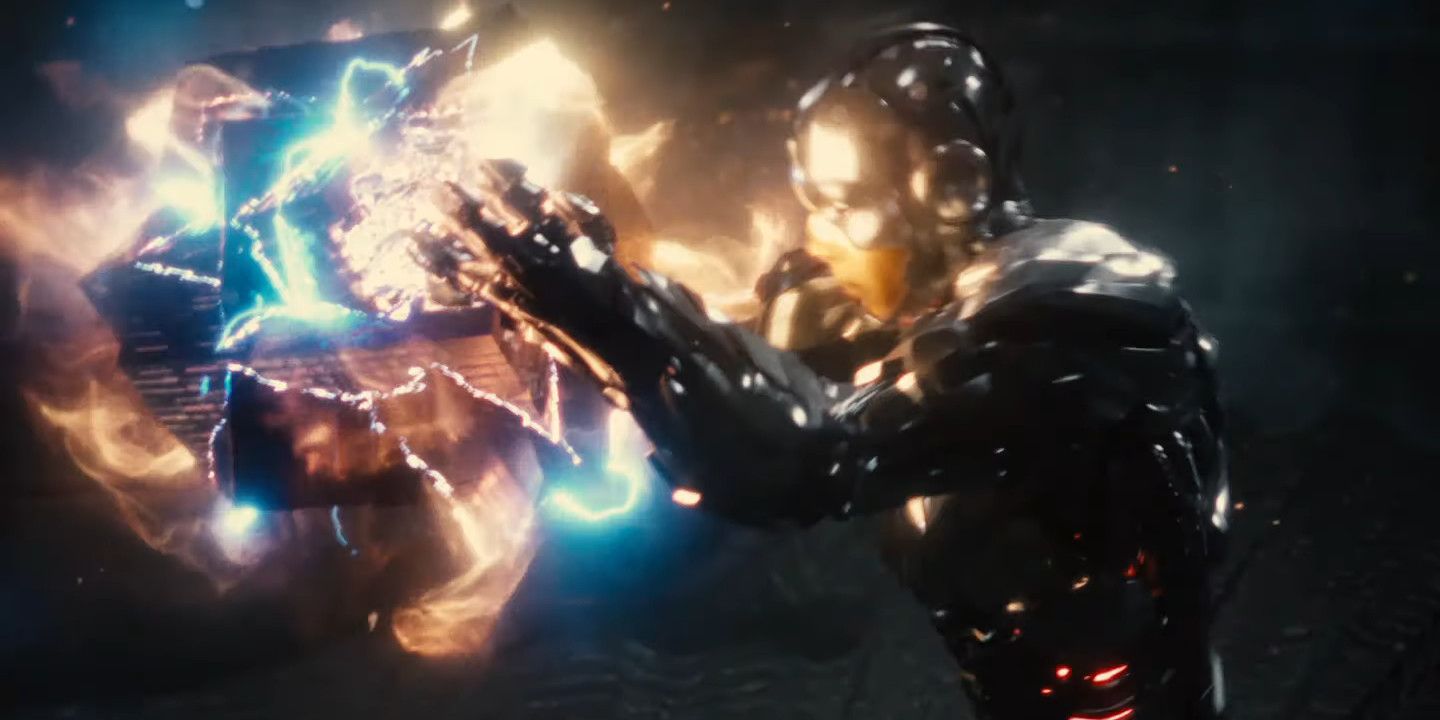
Lastly, but most importantly, Zack Snyder’s Justice League finally gives Cyborg a complete character arc – one that mirrors the greater story of the film. The thematic root of Justice League isn’t complicated. It’s a story about choosing to do the right thing, or, more exactly, about choosing you are capable of making a difference. The team goes from a ragtag group of loners to a cohesive unit because they choose to trust in each other. And in the same way, Cyborg goes from rock bottom to a true hero because he chooses to trust in himself.
By showing every stage of his journey, from his life before the accident to his transformation and the discovery of his powers, the Snyder Cut builds an emotionally engaging arc for Cyborg every step of the way. All that foundation leads up the final battle against Steppenwolf, where Cyborg is the only one who can destroy the Unity and save the world. The true climax of the Snyder Cut isn’t Superman’s return, or Steppenwolf’s defeat, or even the demolition of the Mother Boxes. The true climax is when the Unity gives Victor a chance to give up – a tempting look into the past, rather than the future – and he chooses to reject it, declaring that he is exactly who and where he’s meant to be. It’s a powerful moment from a powerful character, and it’s the kind of heightened emotional payoff that makes Zack Snyder’s Justice League so much better than its predecessor.
Key Release Dates

The Suicide Squad
Release Date:2021-08-06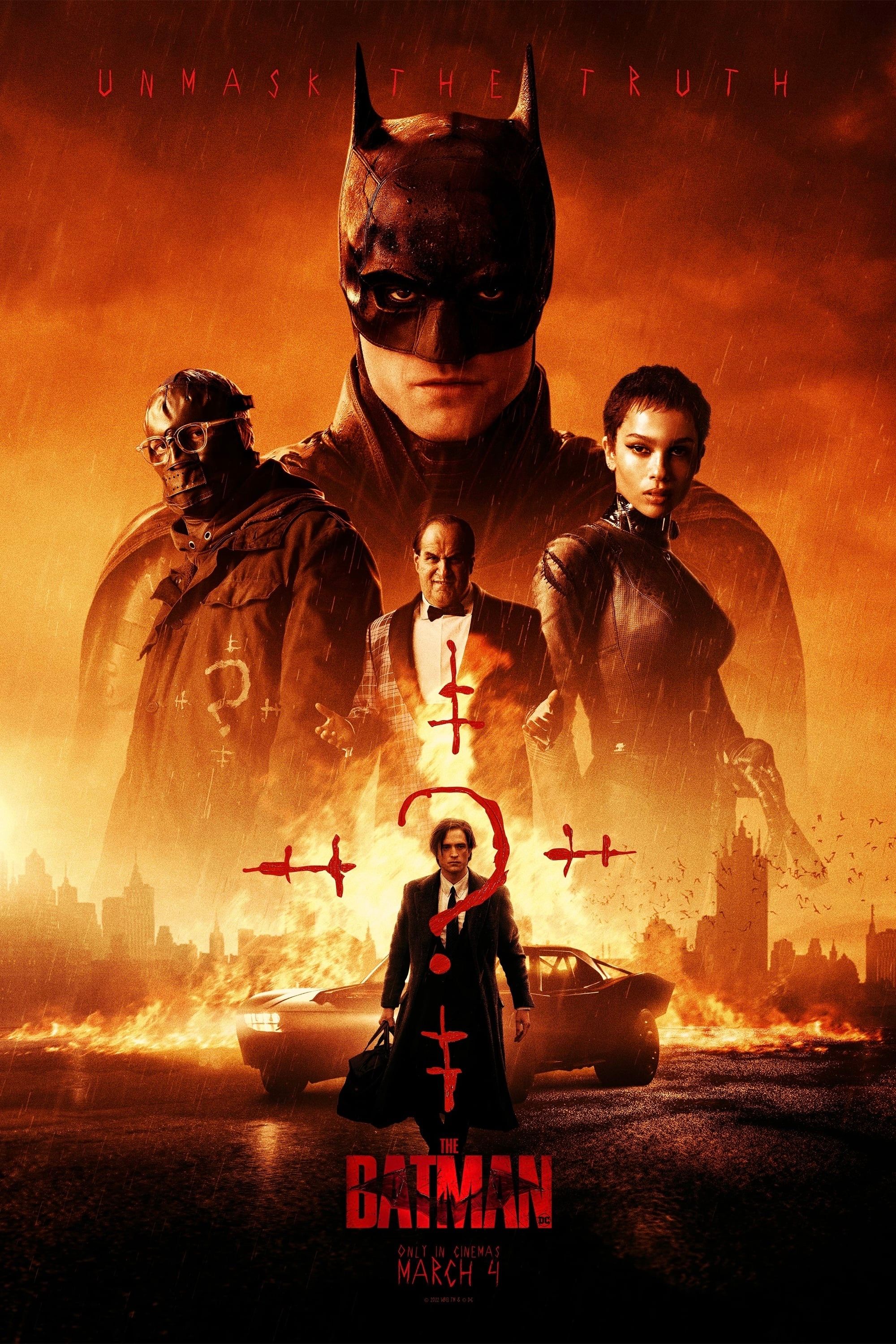
The Batman
Release Date:2022-03-04
Super Pets
Release Date:2022-07-29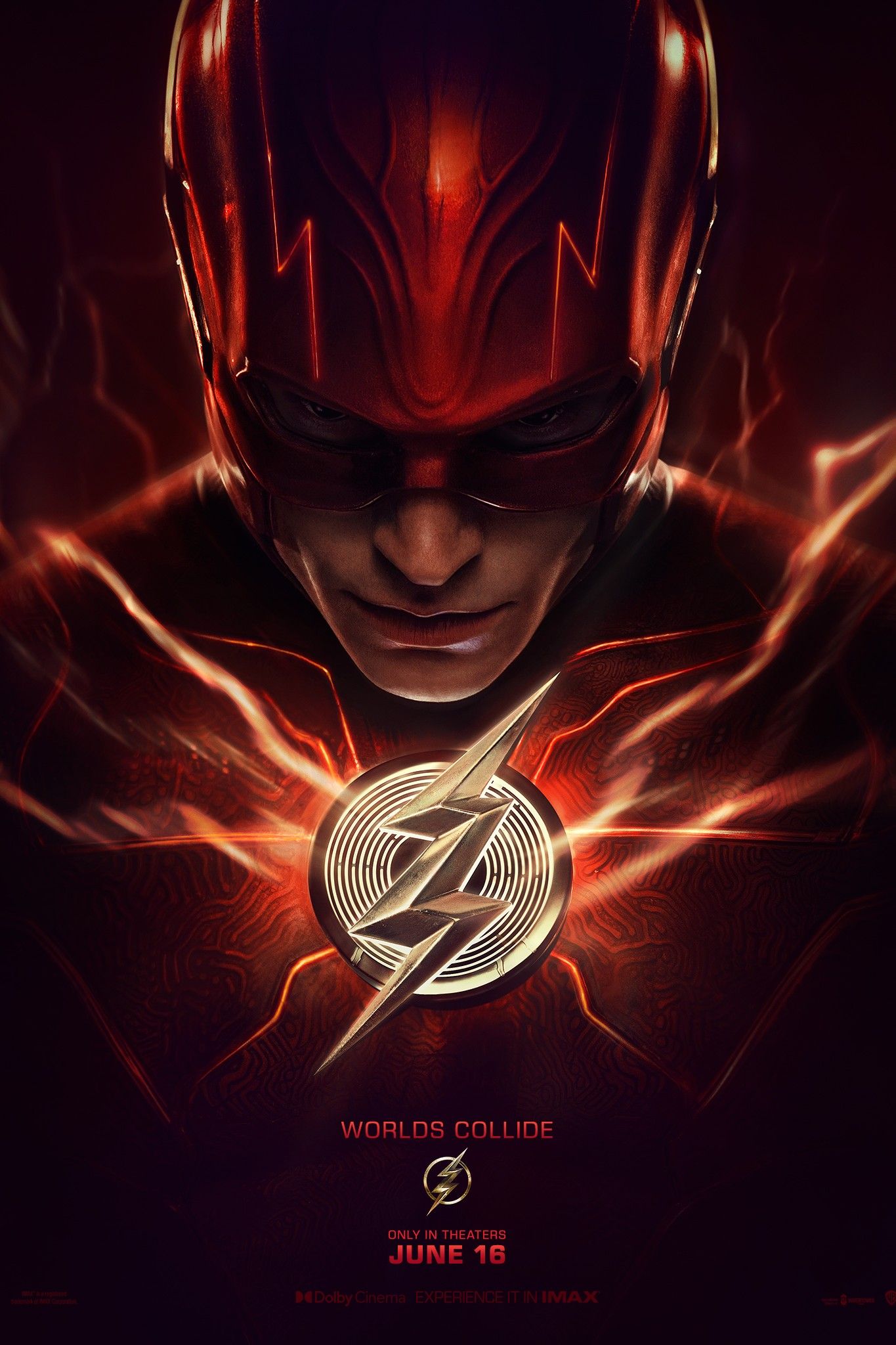
The Flash Movie2
Release Date:2023-06-16
Aquaman 2
Release Date:2023-12-25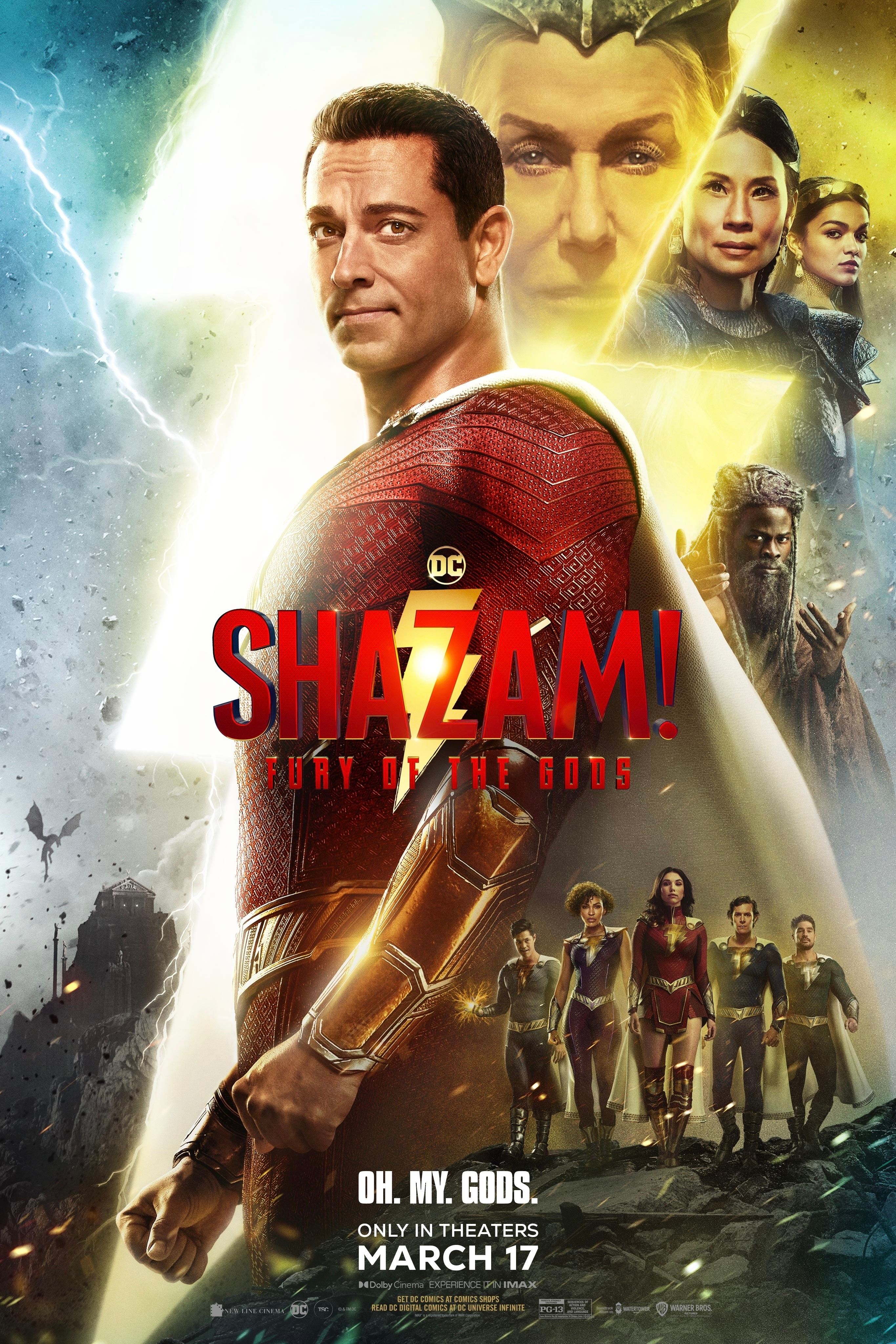
Shazam! The Fury of the Gods
Release Date:2023-03-17
